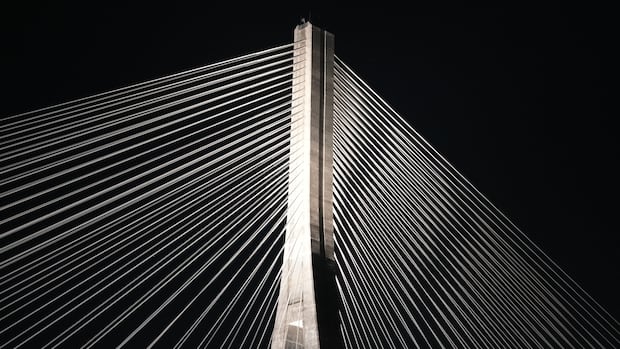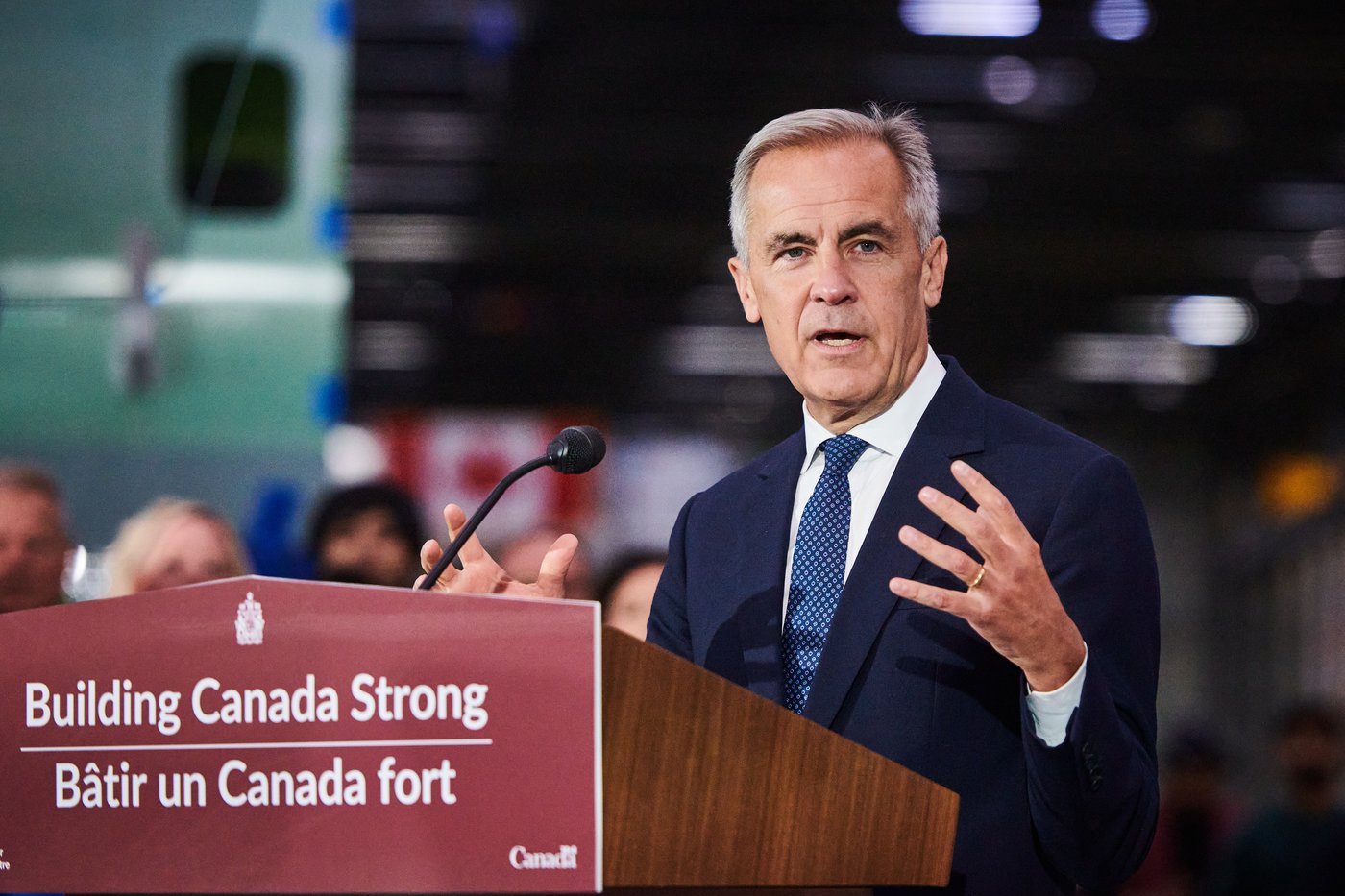Warm weather affects everything from food to medevacs in Sachs Harbour, N.W.T.
Ken Dalton has been the manager of Aklak Air for 23 years.
Every single one of those years, he says, the airline has had to switch to flying a Twin Otter to Sachs Harbour in the spring and fall because the gravel runway is too soft for other aircraft.
The Twin Otter has wider tires and can handle the uneven, muddy surface that comes with wet fall weather.
Usually, the switch lasts for a few days, up to a week. But in the past two fall seasons, the airline has had to rely on the Twin Otter for longer. Last year, the company used the aircraft for nearly three weeks. This fall, Sachs Harbour has seen unseasonably warm weather, and the runway softened, froze, and thawed again.
The warm weather and heavy rain is also affecting the Arctic community of about 120 beyond the runway.
Charles Elanik, a community councillor, says the ground was saturated with rain and rivers were too high for community members to go out on the land and hunt.
He said residents are relying more on the grocery store, “and it’s fairly expensive so it’s a little bit hard on the wallet.”
According to Environment Canada data dating back to 1995, the community had about a week of record-setting warm weather in mid-October, with most days hovering between 1 and 2 C.
“Normally we’d be driving our Ski-Doos and hunting, but we’re still driving the boats around because it hasn’t frozen up yet,” said Elanik.
Challenges in changing aircraft
Aklak Air usually flies Beech 1900D aircraft for scheduled flights three times a week and a King Air 200 for emergency medical flights, or medevacs.
When the runway becomes too soft, “upon landing the mud could cause an abrupt stop endangering the passengers or damaging the aircraft, and upon take-off the tires plowing through the mud could reduce the speed the aircraft needs to reach in order for a safe take-off,” Dalton said via email.
Elanik also works at the airport in Sachs Harbour, which lies on Banks Island in the Beaufort Sea.
He said there has been an incident where a medevac flight was stuck on the tarmac due to the runway being too soft.
Relying on the Twin Otter “significantly impacts the operation,” said Dalton.
The aircraft has a much lower capacity for cargo and passengers, and adds an extra two hours for a round-trip to Inuvik.
The slower speed also means the crew is limited where it can fly to in case of an emergency.
“Without a suitable close-by alternate [airport] it sometimes means flights cannot operate even if the weather in Sachs Harbour is clear and sunny,” he said.
If the aircraft is used throughout the day, it could also mean a delay when a medevac is needed — either because it’s already on another flight or the crew is on required rest.
“This along with the slower speed, being unpressurized and not having the same medical set up as our dedicated King Air 200, it could be detrimental to the person needing a medevac,” said Dalton.
The runway has frozen again in the last few days, but Dalton expects the same issues next spring.
He says the territorial government needs to make the runway more resilient. Not doing so “is really a disservice to the community.”
In an email, the Department of Infrastructure acknowledged the problem.
“The softer runway did last longer this year due to an unusual amount of precipitation in Sachs Harbour,” a spokesperson wrote.
They added that the department addresses soft spots with annual maintenance, but that there are no plans “for a runway rehabilitation project.”
The department maintains that the runway is safe for residents.
“Other than the use of a different aircraft, operations were not impacted,” reads the email.
‘This is the warmest fall I’ve ever seen’
Elanik says the warmth has also affected wildlife around the community.
“[Polar] bears are really struggling right now because at this time of year they would [usually] have enough ice for them to go out and hunt on the ice,” he said, adding that there’s been more bear activity in town.
“This is the warmest fall I’ve ever seen.”
With the ground so saturated, Elanik says the recent freeze has left an ice crust on the landscape.
“I’m worried about the animals,” he said. “We’re gonna have … a lot of animals start to die because they can’t get to the ground [for food].”
Parts of the landscape have also sloughed or sunk; Elanik is concerned about the long-term viability of Sachs Harbour’s location on the coast.
“With all the collapsing and everything all around, eventually it’s going to hit the town,” he said.
He believes a portion of the community may need to be moved in the future.



